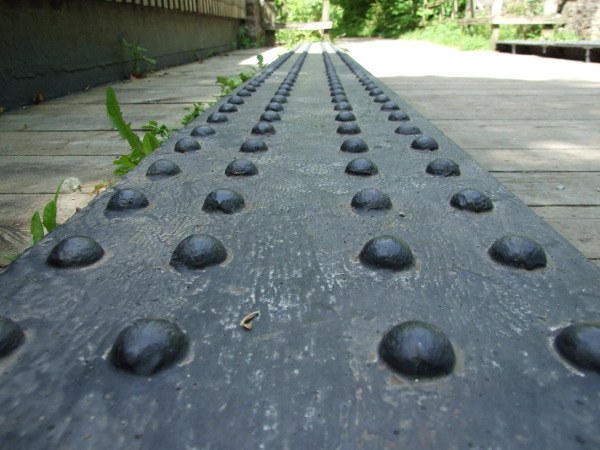In low alloy steels the alloying elements does not exceed 2.5%. The alloying elements generally used molybdenum, chromium, Nickel, vanadium, tungsten, silicon, niobium and titanium.
Usually to denote a composition used special letters and numbers. The letter indicates the alloying element included in the steel composition, and the figure shows its content in percent. If the element content is below one percent, the figure is not raised. For example 18HGT marking indicates that the steel contains 0.18% carbon, and chromium, manganese and titanium is less than 1% each.
Impurities of chromium in low-alloy steel improve the characteristics of its korrozionnostojkoj and hardness. For corrosion control can also be used supplements of molybdenum, titanium, and Nickel. Nickel contributes to increasing the plasticity and strength of steel, titanium, strengthens it, molybdenum increases the strength and hot hardness. Under the red hardness understand the ability of metal to resist the process of wear when it is used in areas with high temperature.
If you want to increase the magnetic permeability are metal or its resistance, it introduced the cobalt, a mixture of manganese is more than one percent can significantly increase the hardness of metal and resistance to shock loads.
Low-alloy steel has many valuable qualities that are not present in normal steel. A variety of impurities, percentage and types can make the metal more brittle, heat-resistant, corrosion-resistant and ductile.
The use of low-alloy steel is very extensively: jewelry equipment, surgical instruments, various construction fittings, steel structures, machinery and industrial machines.
For each case applies a special kind of alloy steels, having a number of desired characteristics. For example, low alloy steel 13KH used for jewelry making, surgical and engraving equipment, it has chrome, which makes it quite hard.
However, doping may have a negative impact on some indicators. So, steel 13KH is shallow the temperature of calcination and unsuitable for use in high-temperature — limit value of 200-250oC.
Usually to denote a composition used special letters and numbers. The letter indicates the alloying element included in the steel composition, and the figure shows its content in percent. If the element content is below one percent, the figure is not raised. For example 18HGT marking indicates that the steel contains 0.18% carbon, and chromium, manganese and titanium is less than 1% each.
Properties
Impurities of chromium in low-alloy steel improve the characteristics of its korrozionnostojkoj and hardness. For corrosion control can also be used supplements of molybdenum, titanium, and Nickel. Nickel contributes to increasing the plasticity and strength of steel, titanium, strengthens it, molybdenum increases the strength and hot hardness. Under the red hardness understand the ability of metal to resist the process of wear when it is used in areas with high temperature.
If you want to increase the magnetic permeability are metal or its resistance, it introduced the cobalt, a mixture of manganese is more than one percent can significantly increase the hardness of metal and resistance to shock loads.
Application
Low-alloy steel has many valuable qualities that are not present in normal steel. A variety of impurities, percentage and types can make the metal more brittle, heat-resistant, corrosion-resistant and ductile.
The use of low-alloy steel is very extensively: jewelry equipment, surgical instruments, various construction fittings, steel structures, machinery and industrial machines.
For each case applies a special kind of alloy steels, having a number of desired characteristics. For example, low alloy steel 13KH used for jewelry making, surgical and engraving equipment, it has chrome, which makes it quite hard.
However, doping may have a negative impact on some indicators. So, steel 13KH is shallow the temperature of calcination and unsuitable for use in high-temperature — limit value of 200-250oC.








